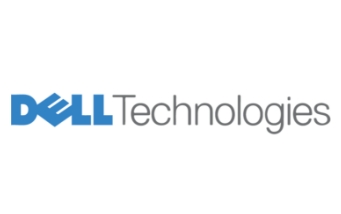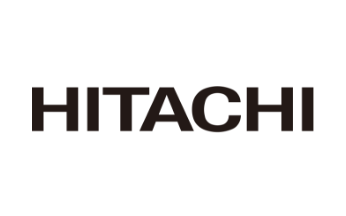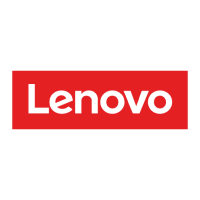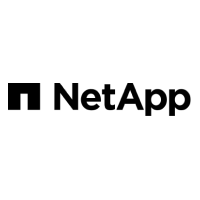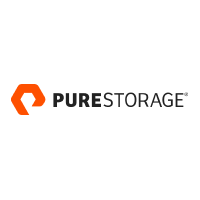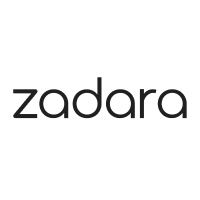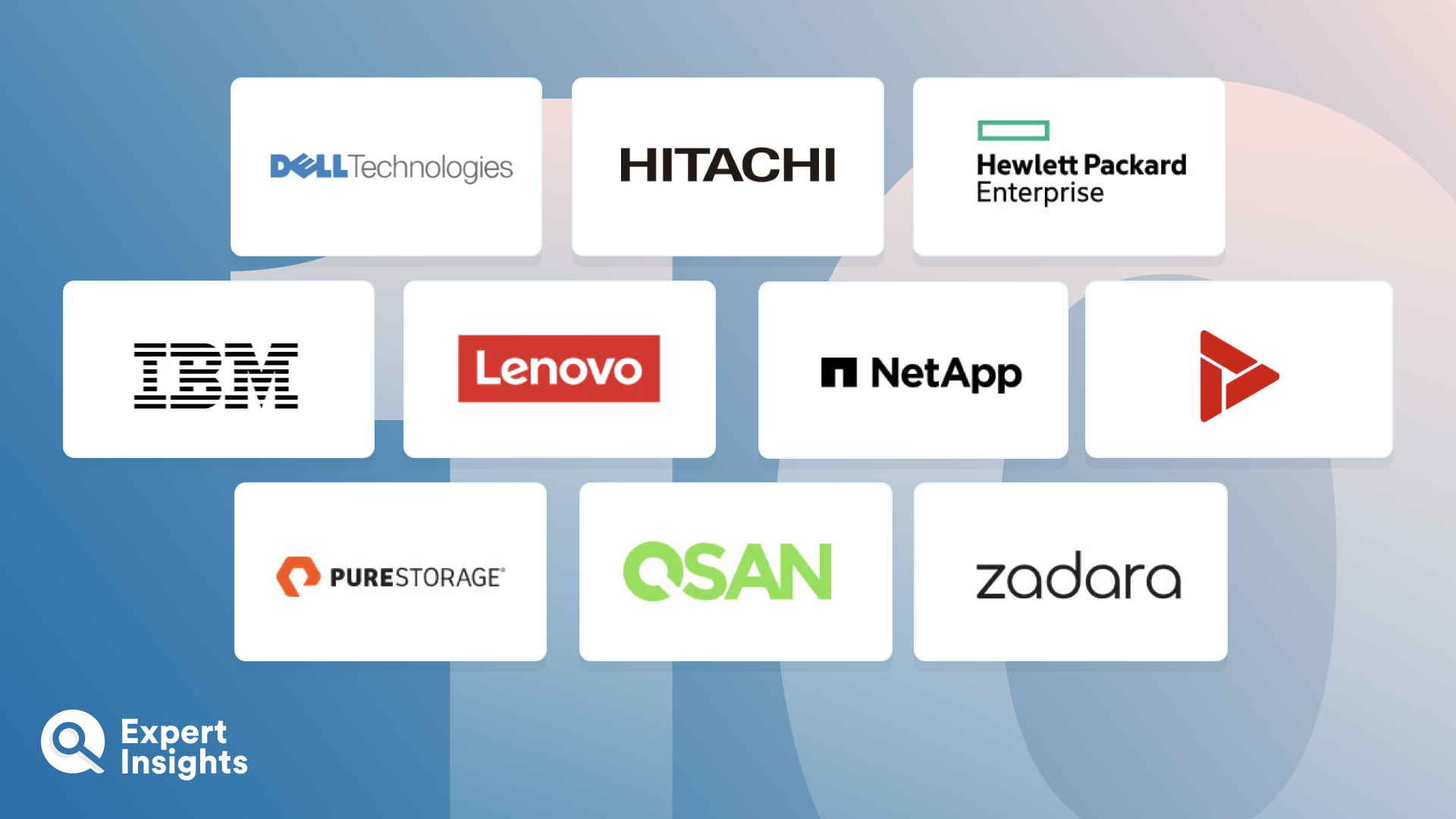FAQs
What Are All-Flash Arrays?
All-Flash Arrays (AFAs) are an advanced storage solution that is able to store a large amount of data, whilst maintaining a low latency. The solutions need to be able to store and retrieve data at high speeds. This means that the storage solutions can be used in complex and high demand environments.
Practically, AFAs are solid-state storage disk systems. This means that rather than using spinning-disk drives, AFAs are comprised entirely of flash memory devices. While this technology is more expensive, it offers a drastic improvement in experience, performance, and delivery.
As we ask our networks to compute ever more complex tasks, (such as AI and ML), the need for AFAs increases too. This type of advanced computing requires large data sets that can be accessed consistency and without delay. Through using AFAs, the latency time can be measured in microseconds, thereby allowing complex tasks to be completed efficiently.
Key Features Of All-Flash Arrays
All-flash arrays are an advanced form of storage solution. They are likely to be used by organizations who require a high level of service and efficiency from their solution, to complete advanced computing. There are several features to keep in mind when looking for an AFA solution.
- Future proofing
- Low-latency
- Backup services to ensure no loss of service
- Automated data tiering
- Visibility and monitoring of storage status
- Data de-duplication
- Customer support and assistance with implementation
What Are The Benefits Of Using All-Flash Arrays?
AFAs can offer faster storage creating and retrieval, as well as higher capacity, than other forms of storage solution. The benefits do not end there.
Speed – The flash storage infrastructure results in faster writing and reading capacity, allowing you to store and access more data with a reduced latency. The latency of an all-flash array will be measured in microseconds, which is much faster than hard drives with moving components.
Size – physically, solid state drives (SSDs) are much smaller than Hard Disk Drives (HDDs). This means that you can minimise the amount of physical space needed for storage purposes.
Durability – Flash storage does not require any moving parts to function. This means that there is less to manage and therefore less to go wrong. Not only does this make the solutions more durable, but it can also reduce costs associated with maintenance.
What Are The Use Cases Of All-Flash Arrays?
As AFAs provide such a high degree of performance with a low degree of latency, they are designed for workload intensive environments. They can cope with carrying out many data access requests very quickly. This makes them ideal, sometimes essential, aspects of data intensive environments. This includes:
- AI tools
- Financial services
- High performance computing (HPC) such as machine learning
- Integrated virtualized environments



